Japan’s Bitcoin–XRP ETF and DeFi’s Next Frontier: Mitosis in a World of Regulatory Clarity
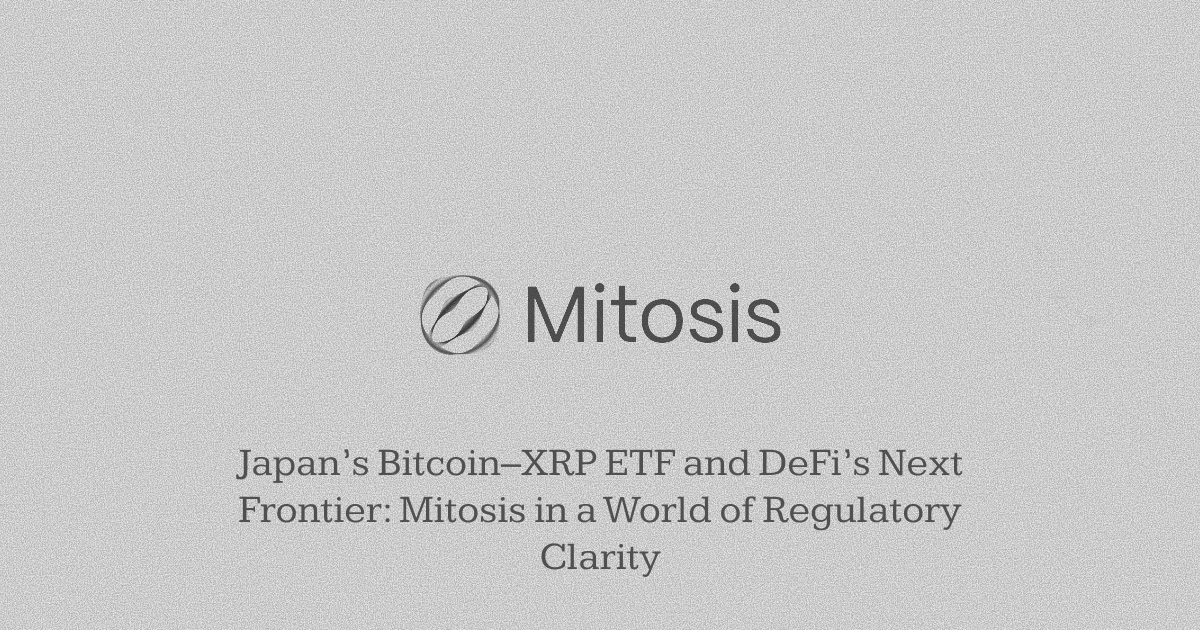
Introduction: From Tokyo to D.C., Crypto Gains Regulatory Ground
Cryptocurrency is shedding its “Wild West” image as regulators worldwide lay down clearer rules for the industry. A prime example arrived in Japan, where SBI Holdings – one of the country’s financial giants – has filed for a dual Bitcoin–XRP exchange-traded fund (ETF). This proposed “Crypto-Assets ETF” would let investors gain exposure to Bitcoin and XRP in one package, a potential first for Japan’s markets. If approved, it would also mark Japan’s first ETF to include XRP, a top-three crypto that’s until now been absent from U.S. institutional products due to past regulatory overhang. In other words, Japan’s regulators are signaling an openness to crypto that not long ago seemed out of reach.
This move is part of a broader trend: global regulatory clarity around crypto spot markets is increasing, bridging the gap between traditional finance (TradFi) and digital assets. Notably, in the U.S., regulators are also taking steps – the Commodity Futures Trading Commission (CFTC) recently launched an initiative to allow spot crypto trading on regulated exchanges. This push, encouraged by a presidential working group on digital assets, aims to make the CFTC a primary overseer of crypto trading and provide the industry with the “rules of the road” it has long sought. Together, Japan’s proactive stance and U.S. developments like the CFTC’s plan echo a common theme: the era of murky guidelines is giving way to a new chapter of regulatory acceptance for crypto.
Crucially, this convergence of clarity has big implications for institutional adoption. As rules solidify, more banks, funds, and companies are likely to enter the crypto arena – not just through ETFs or custodial services, but eventually through decentralized finance (DeFi) too. This article examines how Japan’s ETF leap fits into the global push for clear crypto regulations and what it means for institutions stepping into digital assets. We’ll then connect these developments to the evolving DeFi landscape – highlighting the need for compliant, liquid, cross-chain infrastructure to support institutional-grade participation. In particular, we’ll explore how Mitosis – with its programmable liquidity layer, cross-chain vaults, and stablecoin utilities – can serve as a key enabler in this future. By bridging siloed blockchains, supporting tokenization of real-world assets (RWAs), and managing liquidity flows between DeFi and TradFi, Mitosis’s network is poised to empower the next wave of regulated, capital-efficient DeFi.
(For additional context on the crypto market’s resurgence and cross-chain DeFi growth, see Mitosis University’s analyses of DeFi’s $153B TVL boom and cross-chain liquidity needs and soaring digital asset inflows amid new regulations.)

Japan’s Crypto ETF Leap: A Sign of Growing Clarity
Japan has long been a bellwether in crypto regulation – it was among the first to license exchanges and recognize digital assets under existing law. Now, SBI Holdings’ Bitcoin–XRP ETF filing underscores Japan’s renewed commitment to integrating crypto with traditional markets. The proposed fund would track Bitcoin and XRP simultaneously, giving investors a single, regulated entry point to two of the largest cryptocurrencies. In parallel, SBI even filed for a second product dubbed the “Digital Gold Crypto ETF,” which mixes gold ETFs with gold-backed crypto assets to appeal to more risk-sensitive investors. These innovative fund structures show how far the landscape has evolved: crypto is being packaged much like conventional assets, complete with diversification and risk hedging features, to meet investor demand.
What’s driving this progress? Regulatory green lights in Japan. Local authorities – notably the Financial Services Agency (FSA) – have been actively updating policies to accommodate crypto. Recent proposals by the FSA have called for treating crypto assets as securities in certain contexts and even enabling ETFs under the Financial Instruments and Exchange Act. The SBI ETF filings, revealed in the firm’s Q2 2025 report, indicate confidence that such products can gain approval in Japan’s current regulatory environment. If regulators give the go-ahead, it would be a landmark moment: not only would Japan get its first Bitcoin ETF, but it would blaze a trail by including XRP – an asset entangled in U.S. legal uncertainty until recently – in a fully regulated fund. This reflects a clearer stance in Japan on what constitutes a permissible crypto investment. (Notably, Japan has considered XRP a “crypto asset,” not a security, for years, diverging from the earlier U.S. approach.)
The timing is ideal. Japan’s economy has been encouraging digital innovation, and investor interest in crypto is rising globally amid the 2024–25 market resurgence. A recent JPMorgan analysis found $60 billion in crypto inflows in 2024 alone, marking a sharp turnaround from the previous bear market. This flood of new capital – from retail and institutions alike – is looking for regulated channels. By offering crypto ETFs on domestic exchanges, Japan can channel this demand safely and transparently. It’s a win-win: investors get exposure to crypto under the familiar ETF format, and regulators maintain oversight on an asset class that had often flowed to offshore or unregulated venues. In effect, Japan is bringing crypto into the fold of mainstream finance.
Beyond investor convenience, Japan’s ETF move carries symbolic weight. It signals that comprehensive crypto oversight need not stifle innovation – instead, it can legitimize and even boost it. The inclusion of XRP in the SBI fund is a case in point: where U.S. institutions have been cautious (largely due to the SEC’s prior stance on XRP), Japan is ready to move forward, suggesting greater clarity on how such tokens are classified. As we’ll see next, this aligns with a broader global shift – especially in the U.S. – toward finally clarifying the rules for crypto spot markets and products.
(For a deeper dive into how institutional crypto adoption is accelerating – from companies holding Ethereum in treasuries to exchange-traded products for altcoins – check out our piece on Ethereum entering corporate treasuries and DeFi’s future.)
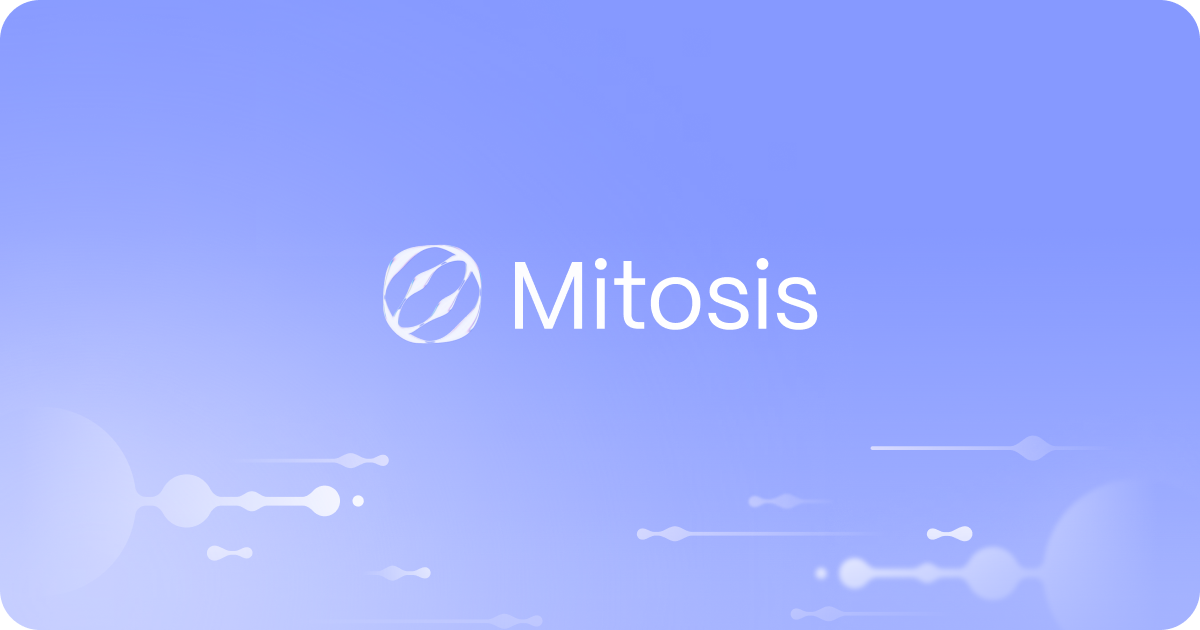
Echoes in the West: U.S. and Global Regulatory Progress
Japan’s strides are echoing developments across the Pacific. In the United States, long the largest crypto market, regulators and lawmakers in 2024–2025 have been working to clarify crypto’s legal status after years of uncertainty. One headline-grabber is the U.S. CFTC’s new push for regulated spot trading. In August 2025, the CFTC – traditionally the derivatives regulator – announced it’s exploring ways to list spot crypto asset contracts on CFTC-registered exchanges. This “listed spot crypto trading initiative,” spearheaded by Acting CFTC Chairman Caroline Pham, aims to use the agency’s existing authority (normally used for commodities like gold or oil) to oversee crypto trading venues. The significance can’t be overstated: it suggests that U.S. regulators are finally willing to treat crypto spot markets as part of the regulated financial system, rather than a grey zone. Industry advocates have long sought this because making the CFTC a primary market regulator for digital assets could bring standards and investor protections similar to futures markets. Pham’s message was clear – work with us to provide clarity and “make America the crypto capital of the world”.
Parallel efforts in Washington are reinforcing this momentum. Congress has been debating bills like the Digital Asset Market Structure “CLARITY” Act, which aims to draw a bright line between crypto securities and commodities. If passed, many decentralized tokens could be deemed commodities under CFTC oversight, bringing much-needed consistency to how assets are classified. Analysts even call the CLARITY Act a potential “game changer” for getting Wall Street off the sidelines, since firms would no longer fear that the tokens they handle might be suddenly branded illegal. Meanwhile, the GENIUS Act, signed in mid-2025, created the first U.S. federal framework for stablecoins, requiring full reserves and audits for issuers. By legitimizing dollar-backed stablecoins under clear law, GENIUS effectively enshrined these digital dollars as safe instruments in the financial system – another boost for institutions that rely on stablecoins for liquidity and settlements.
Zooming out, Europe has also set a precedent with its Markets in Crypto-Assets (MiCA) regulation. MiCA, which took effect in late 2024, established uniform rules across the EU for everything from exchanges to token issuers, emphasizing investor protection and market integrity. It essentially gave European crypto businesses a green light to innovate within well-defined guardrails. This trans-Atlantic regulatory progress – U.S., Europe, and Japan – collectively points to a future where crypto markets worldwide operate under clearer, harmonized standards.
One direct result of this clarity is a surge in new crypto investment products and institutional interest. In the U.S., where a spot Bitcoin ETF approval has famously been elusive, the landscape is nevertheless broadening. Ethereum and other altcoin-based funds are emerging, and remarkably, 2025 saw the launch of the first U.S.-listed Solana ETF, which even integrates on-chain staking yields for investors. Such an offering would have seemed far-fetched a few years ago; now it evidences regulators’ growing comfort with crypto beyond just Bitcoin, so long as proper safeguards are in place. JPMorgan’s research notes a “flurry” of new crypto ETF filings in 2024–25, reflecting optimism that watchdogs will approve a more diverse slate of crypto offerings. Indeed, products tracking Ethereum, Solana, and other major tokens are in the pipeline, a stark change from the past when only Bitcoin was seriously considered ETF-worthy. Even XRP itself is eyeing a comeback: after a U.S. court ruling in 2023 clarified that XRP sales on secondary markets did not violate securities laws, the path has opened (if slowly) for U.S. institutions to reconsider XRP – though Japan’s SBI is clearly wasting no time in pushing it mainstream.
All these developments paint a picture of a crypto market entering a new phase of maturity. Regulators are no longer just cracking down; they are carving out frameworks to let crypto thrive under oversight. The impact on institutional sentiment has been profound. Investor confidence is returning, evidenced by both the ETF boom and a resurgence of capital inflows. By mid-2024, net inflows into digital asset funds hit ~$60B year-to-date, and venture funding for crypto projects rebounded as well. In short, clarity is igniting fresh interest. Wall Street giants, corporate treasuries, and asset managers that once sat on the fence are increasingly joining the crypto space, now that they have guidelines to follow. Even corporate adoption of assets like Ethereum is accelerating – companies like Coinbase and even non-crypto firms have started holding ETH on their balance sheets as they see it as a long-term value store in this “post-merge, regulated era”. The stage is set for an influx of traditionally cautious players into the crypto markets.

DeFi’s New Horizon: Compliant, Cross-Chain Infrastructure for Institutions
As institutional and retail capital flows into regulated crypto products, a natural question arises: Where will this capital go next? Many investors will start with ETFs and custodial platforms, but the yield and innovation of decentralized finance are a strong pull. DeFi protocols offer attractive returns (e.g. staking yields, lending interest, liquidity mining) that institutional money will eventually seek – provided the infrastructure meets their standards for compliance, security, and liquidity. This is where the evolving DeFi landscape must rise to the occasion. The future of DeFi is one where traditional finance and decentralized protocols intersect, and the infrastructure must be ready to support that convergence.
Cross-chain liquidity and interoperability are key. Today’s DeFi ecosystem spans multiple Layer-1 blockchains (Ethereum, Solana, Avalanche, etc.) and Layer-2 networks, each with its own pools of liquidity. Historically, this fragmentation meant big barriers for investors trying to maximize yield – moving funds across chains is cumbersome and risky, as liquidity is fragmented and often “stuck” within each chain’s walled garden. For institutions managing large sums, the idea of juggling dozens of wallets or relying on shady bridges is a non-starter. What’s needed is a unified, compliant way to deploy capital across chains. Projects like Mitosis have anticipated this need. Mitosis is a new Layer-1 protocol designed as a programmable liquidity layer that unifies liquidity across chains. In simple terms, depositing assets into Mitosis gives those assets a “passport” to move freely to wherever yields or opportunities are best – without the user manually hopping between networks. Through Matrix Vaults (cross-chain smart vaults) and miAssets (tokenized representations of deposits), Mitosis can dynamically allocate liquidity to different blockchains, all while the user interacts with a single, cohesive interface. This design not only breaks down the silos between chains but also maximizes capital efficiency – idle funds on one network can be put to work on another instantly.
For an institution, the appeal is clear. Imagine a fund that now, thanks to regulatory clarity, is allowed to hold stablecoins or tokenized assets. Instead of choosing one blockchain’s yield opportunities, they could deposit those funds into a Mitosis vault and automatically spread into yield strategies across Ethereum, Polygon, Solana, and more. One part of the vault might supply liquidity to an Aave lending pool on Polygon, another part might stake in an Ethereum Lido pool, yet another might farm on a Solana AMM – all coordinated by Mitosis’s cross-chain logic. The institution gains a diversified, optimized return, and crucially, they do so under a unified risk-management framework. Mitosis handles the cross-chain transactions behind the scenes with secure bridges and light-client verification, abstracting away the complexity and risk that would normally come with manual bridging.
Compliance will be just as important as convenience. As regulated players tiptoe into DeFi, they need assurances that they aren’t violating laws or taking on unknown counterparty risk. Here again, the increasing clarity in regulations pairs well with technological solutions. With clearer definitions (thanks to laws like the CLARITY Act and MiCA), protocols can build compliance hooks into their platforms. Mitosis, for instance, is envisioned as chain-agnostic and integration-friendly – it can interface with permissioned chains or KYC modules if required. This means that in the future we could see “regulated DeFi pools” or tokenized real-world assets (RWA) on permissioned ledgers connecting into Mitosis’s network. An investment bank could tokenize a basket of real estate loans or treasury bonds on a private chain, and through a controlled gateway, that liquidity could flow into public DeFi markets via Mitosis – all while respecting compliance checks (e.g. only whitelisted addresses participate, data reporting is enabled, etc.). Mitosis’s ability to bridge siloed worlds – public and private, traditional and decentralized – makes it a promising backbone for this hybrid future. It can act as the connective tissue, routing institutional capital to where it’s most effective, and conversely bringing the returns of DeFi back to the institution in a regulated wrapper.
Another aspect is stablecoins – the lifeblood of crypto liquidity. With the GENIUS Act solidifying stablecoins’ legitimacy in the U.S., we’re likely to see even greater adoption of USD-backed coins in global finance. Mitosis’s design is well-suited here too. Its cross-chain liquidity layer treats stablecoins as first-class citizens, enabling a stablecoin deposited on one chain to fuel activity on another without swapping into volatile assets. An institution comfortable holding USDC (now under federal oversight) can allocate, say, $50M into Mitosis vaults. Mitosis can then farm that liquidity in multiple DeFi venues (yield farming, lending, liquidity provision) across chains, earning yield in a diversified manner while the principal essentially remains a dollar-equivalent (miUSDC). The result is capital efficiency: every stablecoin dollar works harder across the crypto universe, and the institution can withdraw its position through Mitosis with ease when needed. As highlighted in a recent Mitosis University report, this kind of cross-chain deployment means rising crypto inflows directly bolster DeFi’s liquidity – a virtuous cycle benefiting protocols and liquidity providers alike.
Perhaps most exciting for seasoned DeFi observers is how regulatory clarity can catalyze new integrations between TradFi and DeFi. We’re already seeing early examples: banks exploring DeFi custody, fintech firms offering yield on crypto deposits, and exchanges creating portals into DeFi pools. With compliance fears easing, we can expect more collaboration. Mitosis is positioned as an enabler of these TradFi-DeFi bridges. Its composable, chain-neutral architecture means it can plug into various platforms – whether that’s a major exchange that wants to offer cross-chain yield products, or a custodial bank that wants to provide clients access to DeFi returns through a safe conduit. Because Mitosis unifies liquidity and standardizes interactions across chains, a TradFi institution doesn’t need to build bespoke solutions for each blockchain; they can integrate with Mitosis and tap an entire multi-chain DeFi universe through one reliable interface. This composability and openness echo the ethos of DeFi itself, but scaled up for institutional usage.

Conclusion: Bridging Worlds – A Regulated DeFi Future Powered by Mitosis
The writing on the wall is clear: from Tokyo to Washington to Brussels, regulators are opening the gates for crypto to enter the financial mainstream. Japan’s bold step to green-light a Bitcoin–XRP ETF is not an isolated event, but part of a global chorus singing of crypto’s legitimacy. The U.S. CFTC’s bid to oversee spot trading, new laws in Congress, Europe’s MiCA, and similar moves all point to an unprecedented alignment of policy with innovation. For the crypto industry – and DeFi in particular – this is a watershed moment. Institutional adoption is no longer a question of “if,” but “when and how.” The “when” is now unfolding, and the “how” will be defined by the infrastructure we build.
DeFi must evolve to meet this moment, balancing the openness and creativity that spurred its growth with the robustness and compliance that large-scale capital demands. Infrastructure like Mitosis offers a blueprint for that balance. By providing a flexible yet controlled way to move liquidity across chains, Mitosis stands to become a fundamental layer for the next generation of DeFi – one where traditional finance and crypto finance converge. It bridges technical gaps (different blockchains, assets, and ecosystems) as well as cultural ones (the divide between highly regulated institutions and the freewheeling DeFi world).
In a future where a pension fund can invest in a Bitcoin and XRP ETF in Tokyo, trade digital asset contracts on a CFTC-regulated exchange in New York, and allocate yield-seeking stablecoins into DeFi pools via Mitosis – all in compliance with the law – the lines between TradFi and DeFi will blur. Finance will simply be finance, with blockchain as part of its core plumbing. Mitosis’s role in this future could be akin to an internet router for liquidity, directing value wherever it’s most effective, securely and transparently. By supporting real-world asset tokenization, it can help bring trillions in traditional assets on-chain. By managing liquidity flows across jurisdictions and networks, it can ensure that capital isn’t confined by the artificial limits of individual chains.
The developments of 2024–2025 make one thing plain: clarity is catalyzing a new crypto boom, and this time, it’s built on stronger foundations. As a community, we should be encouraged by regulators’ willingness to engage – it validates years of innovation and hard work. Now, the DeFi community, including projects like Mitosis, has the opportunity to build the connective tissue of a truly global, inter-operable financial system. Japan’s crypto ETF and the broader regulatory tailwinds are paving the way – it’s up to us to bridge the final mile. With Mitosis and similar cross-chain advances, we can ensure that when the institutional wave meets the decentralized ocean, the result is a richer, more liquid, and more inclusive financial ecosystem for all.
Sources: Recent developments reported by CoinDesk, Reuters, and official regulatory announcements; Mitosis University analyses on market trends and cross-chain DeFi and institutional crypto adoption ; Japan FSA and U.S. congressional reports on ongoing regulatory initiatives.
Useful links:

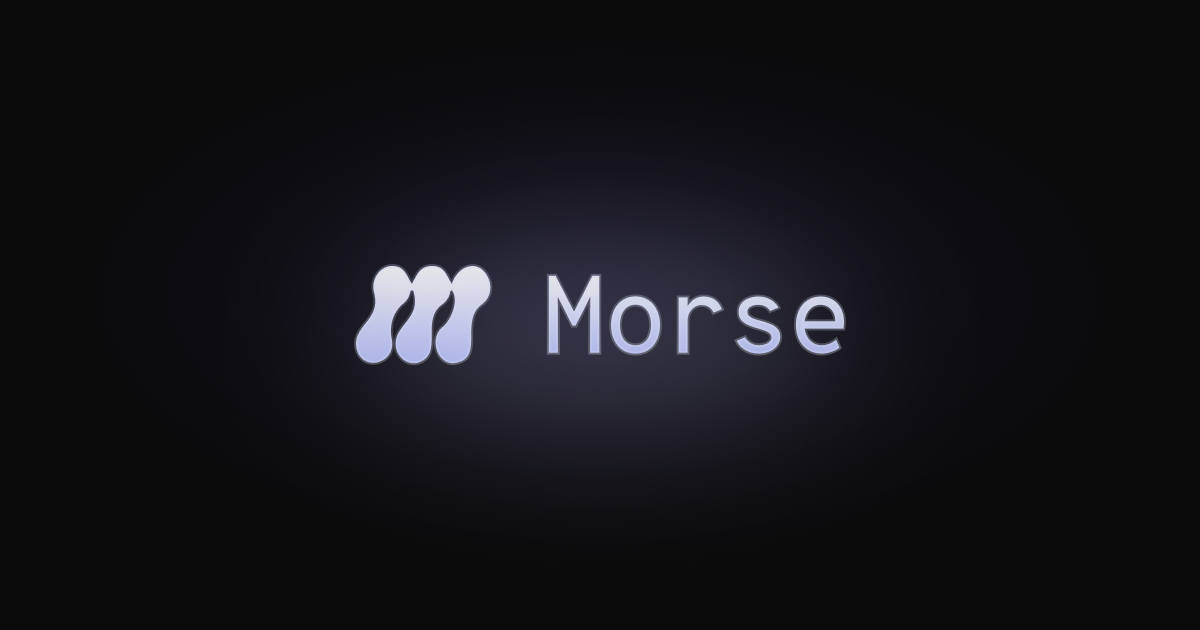

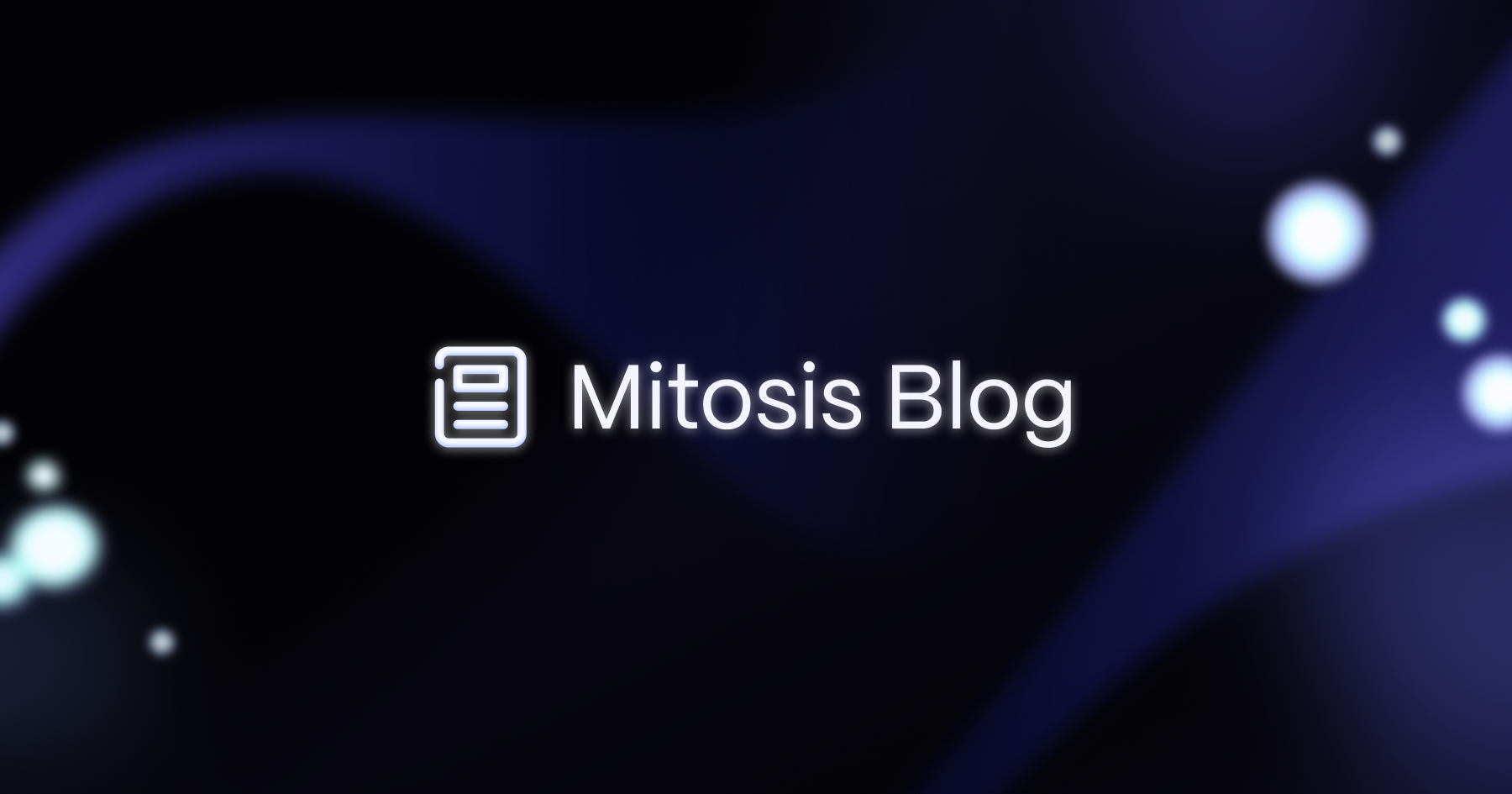
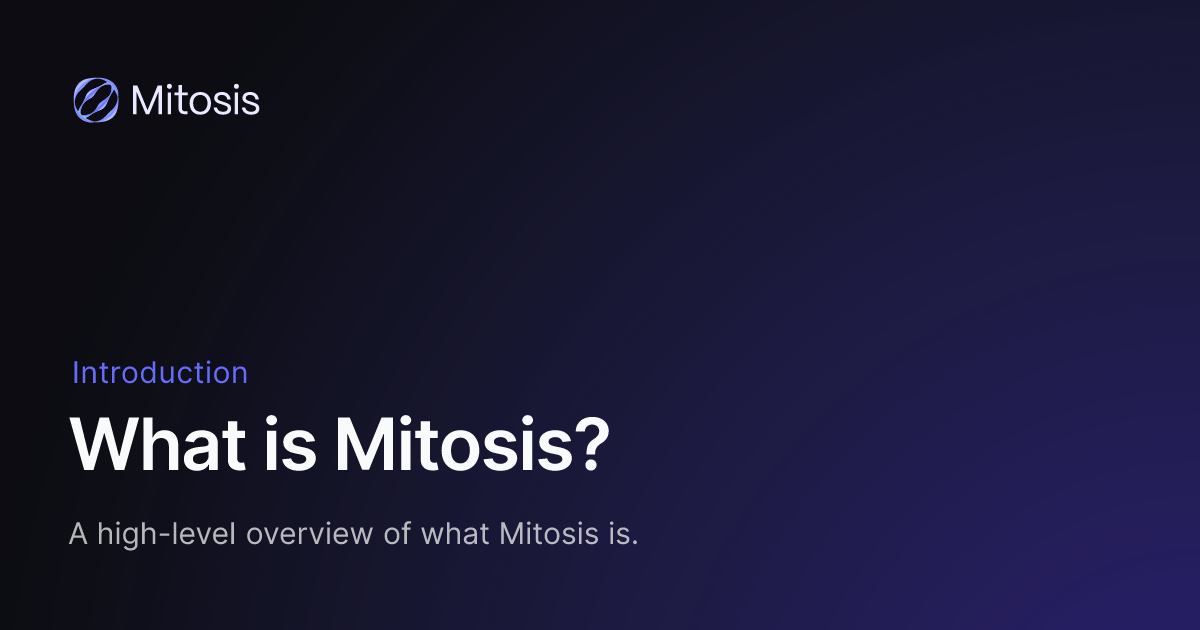
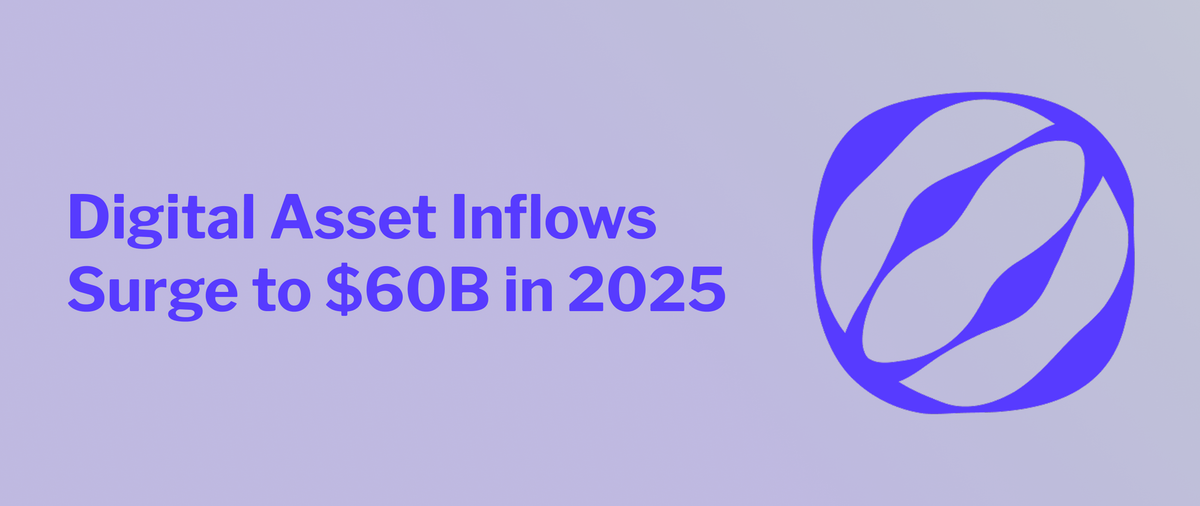







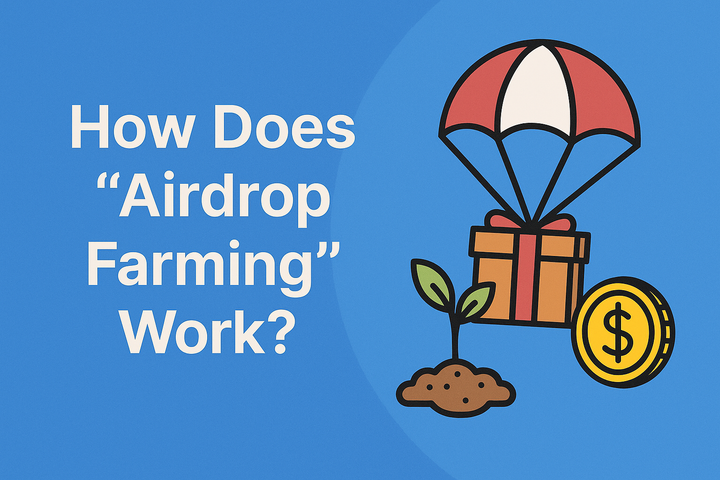
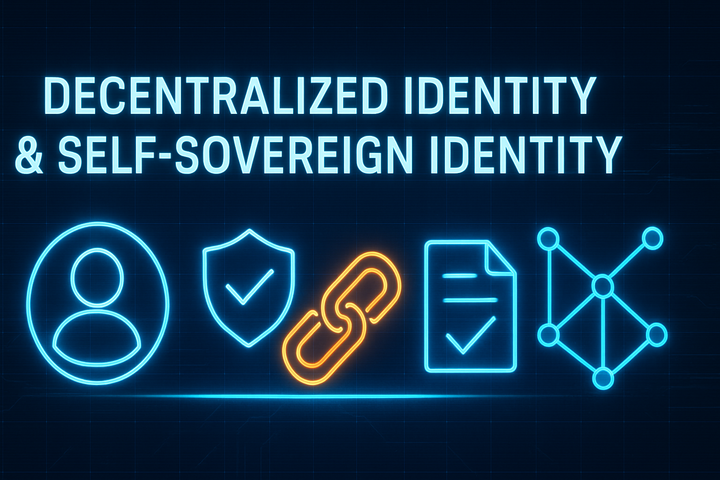

Comments ()